Occupation Director, Writer Spouse Hildegard Wall (m. 1926) Role Film director | Name Max Ophuls Years active 1931–1957 Children Marcel Ophuls | |
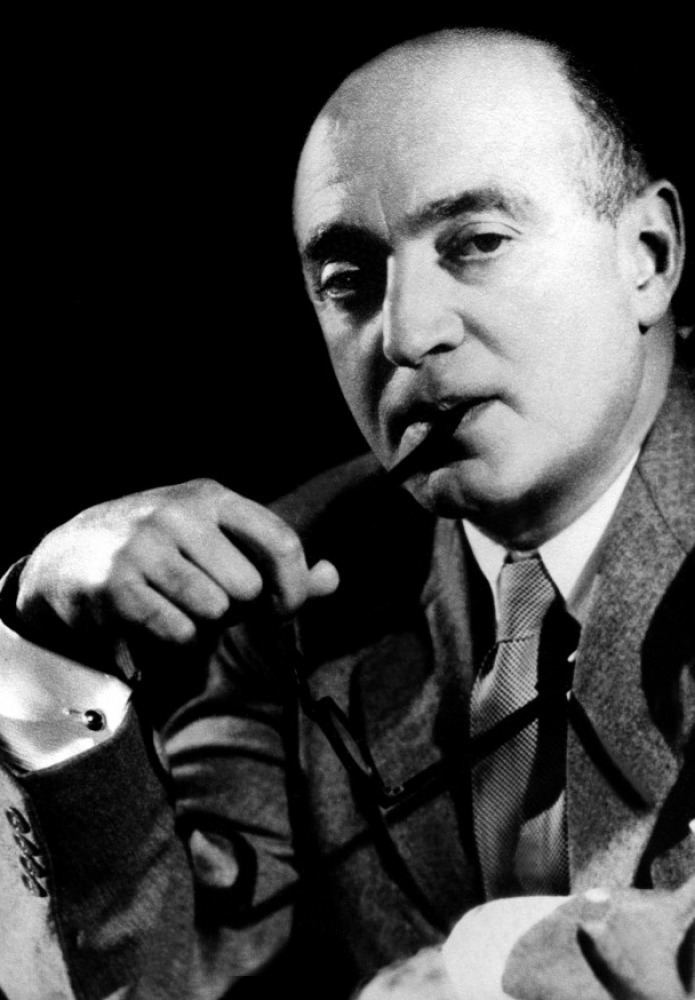 | ||
Full Name Maximillian Oppenheimer Parents Leopold Oppenheimer, Helen Oppenheimer Movies The Earrings of Madame, Letter from an Unknown, Lola Montes, La Ronde, Le Plaisir Similar People | ||
Paul thomas anderson on max ophuls
Maximillian Oppenheimer (6 May 1902 – 26 March 1957), known as Max Ophüls ( [ˈɔfʏls]), was a German-born film director who worked in Germany (1931–1933), France (1933–1940 and 1950–1957), and the United States (1947–1950). He made nearly 30 films, the latter ones being especially notable: La Ronde (1950), Le Plaisir (1952), The Earrings of Madame de... (1953) and Lola Montès (1955).
Contents
- Paul thomas anderson on max ophuls
- The reckless moment 1949 director max ophuls multi subs
- Youth and early career
- Exile and post war career
- Style
- References
The reckless moment 1949 director max ophuls multi subs
Youth and early career
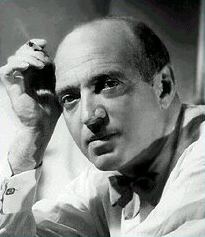
Max Ophüls was born in Saarbrücken, Germany, the son of Leopold Oppenheimer, a Jewish textile manufacturer and owner of several textile shops in Germany, and his wife Helen. He took the pseudonym Ophüls during the early part of his theatrical career so that, should he fail, it wouldn't embarrass his father.
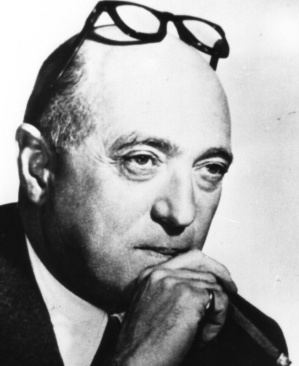
Initially envisioning an acting career, he started as a stage actor in 1919 and played at the Aachen Theatre from 1921 to 1923. He then worked as a theater director, becoming the first director at the city theater of Dortmund. Ophüls moved into theatre production in 1924. He became creative director of the Burgtheater in Vienna in 1926. Having had 200 plays to his credit, he turned to film production in 1929, when he became a dialogue director under Anatole Litvak at UFA in Berlin. He worked throughout Germany and directed his first film in 1931, the comedy short Dann schon lieber Lebertran (literally In This Case, Rather Cod-Liver Oil).
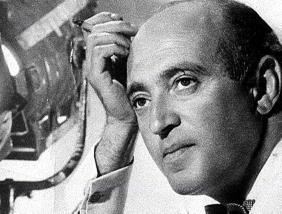
Of his early films, the most acclaimed is Liebelei (1933), which included a number of the characteristic elements for which he was to become known: luxurious sets, a feminist attitude, and a duel between a younger and an older man.
It is at the Burgtheater of Vienna that Ophüls met the actress Hilde Wall. They were married in 1926.
Exile and post-war career

Predicting the Nazi ascendancy, Ophüls, a Jew, fled to France in 1933 after the Reichstag fire and became a French citizen in 1938. After the fall of France to Germany, he travelled through Switzerland and Italy to the United States in 1941, only to become inactive in Hollywood. He eventually received help from a longtime fan, director Preston Sturges, and went on to direct a number of distinguished films.
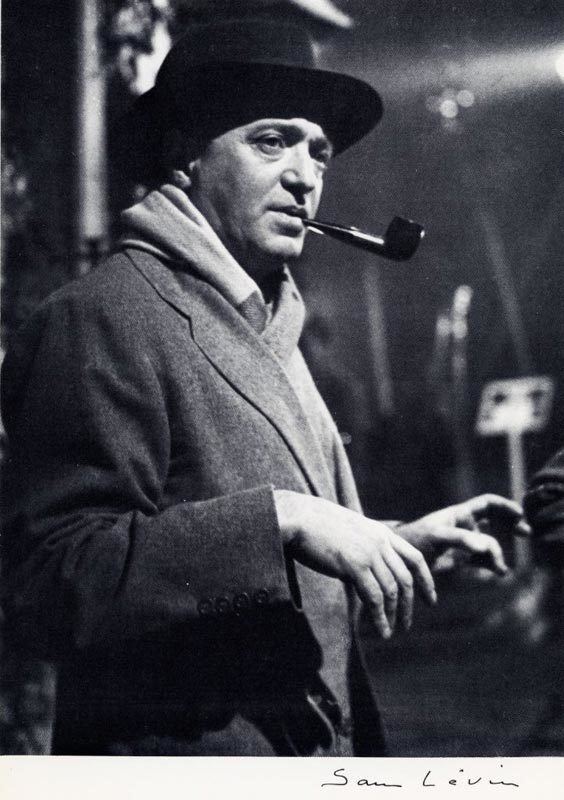
His first Hollywood film was the Douglas Fairbanks, Jr. vehicle, The Exile (1947). Ophüls' Letter from an Unknown Woman (1948), derived from a Stefan Zweig novella, is the most highly regarded of the American films. Caught (1949), and The Reckless Moment (1949) followed before his return to Europe in 1950.
Back in France, he directed and collaborated on the adaptation of Schnitzler's La Ronde (1950), which won the 1951 BAFTA Award for Best Film, and Lola Montès (1955) starring Martine Carol and Peter Ustinov, as well as Le Plaisir and The Earrings of Madame de... (1953), the latter with Danielle Darrieux and Charles Boyer, which capped his career. Ophüls died from rheumatic heart disease on 26 March 1957 in Hamburg, while shooting interiors on The Lovers of Montparnasse, but was buried in Le Père Lachaise Cemetery in Paris. This final film was completed by his friend Jacques Becker.
Max Ophüls's son Marcel Ophüls became a distinguished documentary-film maker, director of The Sorrow and the Pity and other films examining the nature of political power.
Style
All his works feature his distinctive smooth camera movements, complex crane and dolly sweeps, and tracking shots, which influenced the young Stanley Kubrick at the beginning of his filmmaking career.
Many of his films inspired filmmaker Paul Thomas Anderson, who gave an introduction on the restored DVD of The Earrings of Madame de... (1953).
Some of his films are narrated from the point of view of the female protagonist. Film scholars have analyzed films such as Liebelei (1933), Letter from an Unknown Woman (1948), and Madame de... (1953) as examples of the woman's film genre. Nearly all of his female protagonists had names beginning with "L" (Leonora, Lisa, Lucia, Louise, Lola, etc.)
Actor James Mason, who worked with Ophüls on two films, wrote a short poem about the director's love for tracking shots and elaborate camera movements:
A shot that does not call for tracksIs agony for poor old Max,Who, separated from his dolly,Is wrapped in deepest melancholy.Once, when they took away his crane,I thought he'd never smile again.